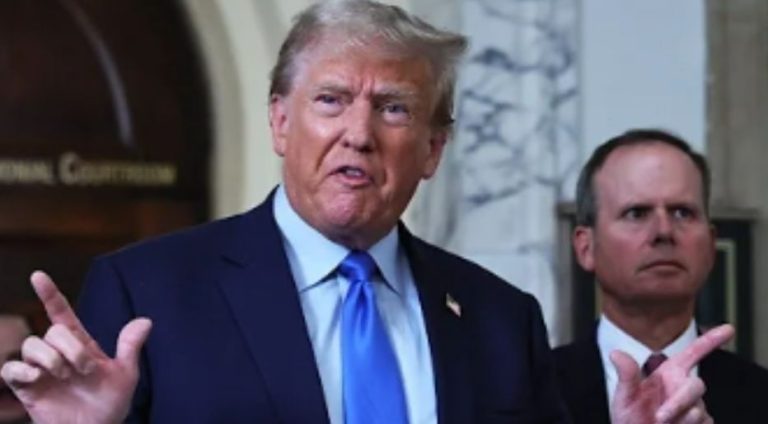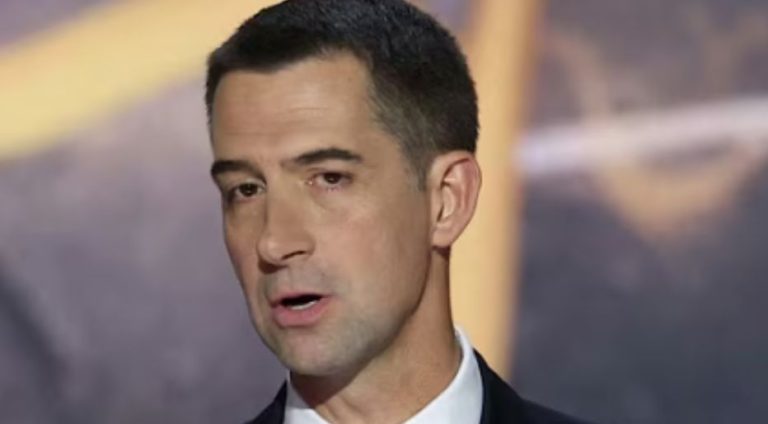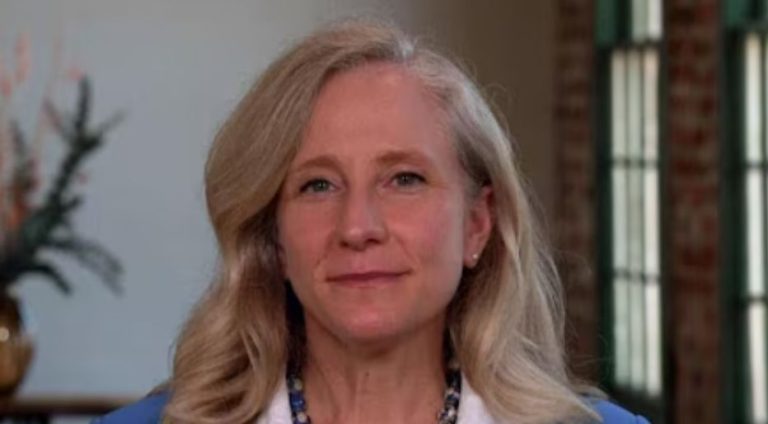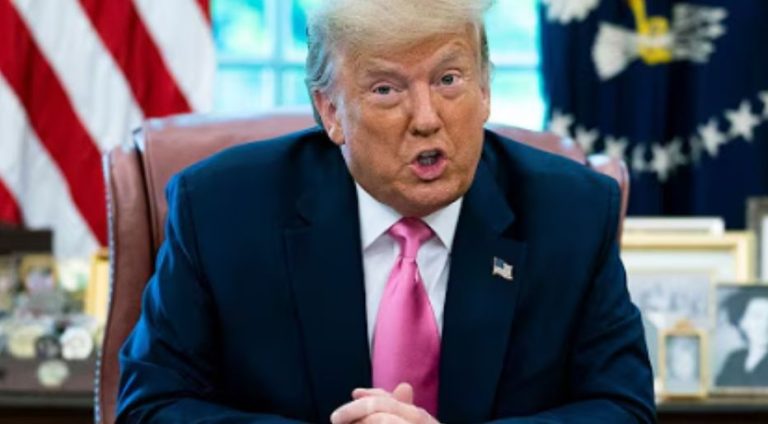The southern border has been a bone of contention for years. Now everything has changed.
Because Border Patrol uncovered an unprecedented reality at the border that is dropping jaws.
Trump’s Border Policies Deliver Historic Security Gains
President Donald Trump’s unwavering commitment to border security has yielded unprecedented results, with the Department of Homeland Security (DHS) reporting a third consecutive month of zero catch-and-release at the U.S. border.
In July 2025, Border Patrol recorded just 4,601 arrests along the southern land border, shattering the previous record of 6,100 set in June and a stark contrast to the 56,000 apprehensions in July 2024 under the prior administration.
Customs and Border Protection (CBP) logged only 24,628 unauthorized entries across all borders, including airports and waterways, down from over 170,000 in July 2024. Homeland Security Secretary Kristi Noem hailed the achievement:
“History made, again. The numbers don’t lie — this is the most secure the border has ever been. No more excuses. No more releases. We’ve put the cartels on defense and taken our border back.”
Trump’s bold measures, including a declared border emergency and robust interior enforcement, have fundamentally shifted the dynamics, deterring migrants and crippling smuggling cartels.
Swift Deportations and Targeted Enforcement Cripple Illegal Crossings
Of the 4,601 southern border apprehensions, approximately half faced expedited removal, ensuring rapid deportation, while 1,200 others had prior deportation orders reinstated for quick ousters.
Another 380 opted for “voluntary return,” avoiding formal deportation, and 526 were detained with immigration court summonses. This efficient, no-nonsense approach underscores Trump’s resolve to restore law and order.
Trump’s policies have particularly slashed illegal immigration from beyond Mexico. In July 2024, over 60% of the 56,000 southern border apprehensions were non-Mexican; in July 2025, only 33% of the 4,601 were from outside Mexico, a testament to Trump’s targeted enforcement.
Unaccompanied Alien Children (UACs) dropped dramatically to 452, compared to 5,600 in July 2024 and peaks of 18,000 monthly under Biden’s first year, highlighting Trump’s success in curbing vulnerable migrations.
The northern border also reflects Trump’s impact, with just 554 apprehensions in July 2025, down from over 3,000 the previous year, ensuring comprehensive security across all frontiers.
Trump’s Tariffs and Drug Seizures Bolster Economic and Public Safety
Beyond securing the border, Trump’s policies are fortifying America’s safety and economy. CBP reported an 86% surge in heroin seizures and a 30% increase in fentanyl seizures, dealing a blow to cartels and protecting communities from deadly drugs.
Meanwhile, Trump’s tariffs have generated $140.8 billion in customs duties, taxes, and fees since January 20, strengthening the nation’s financial foundation without burdening taxpayers.












